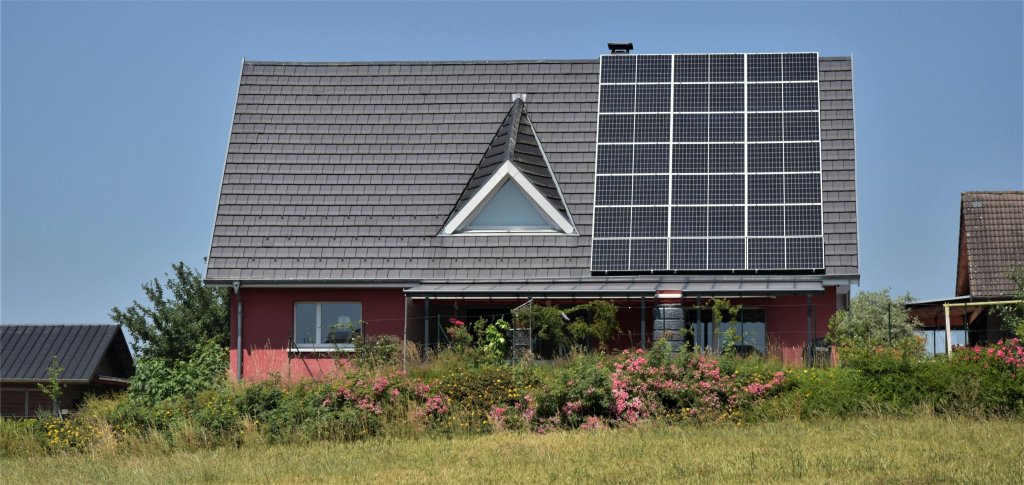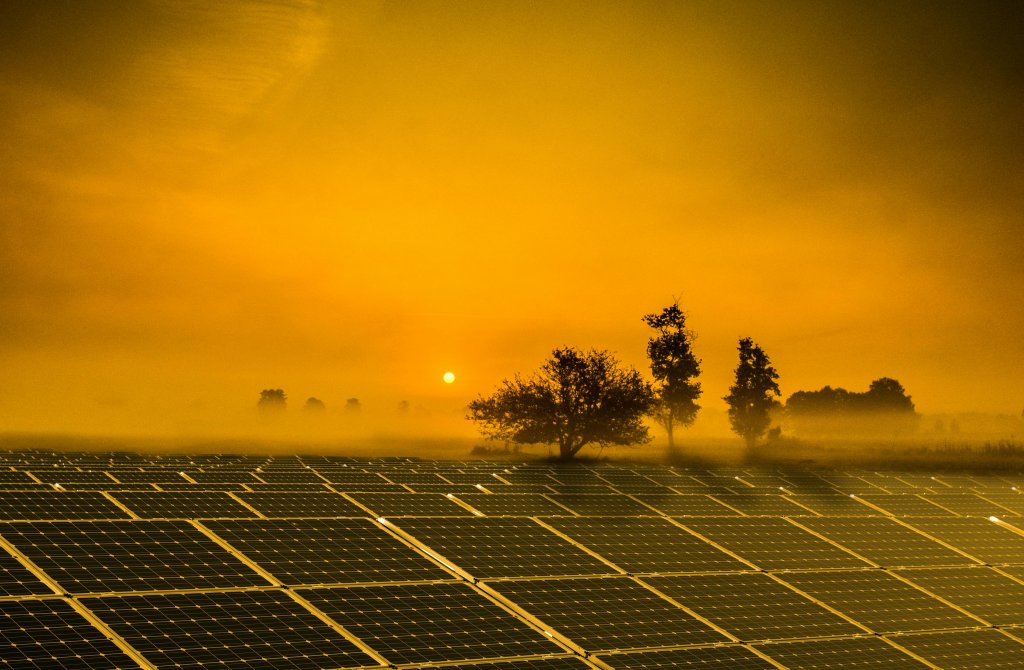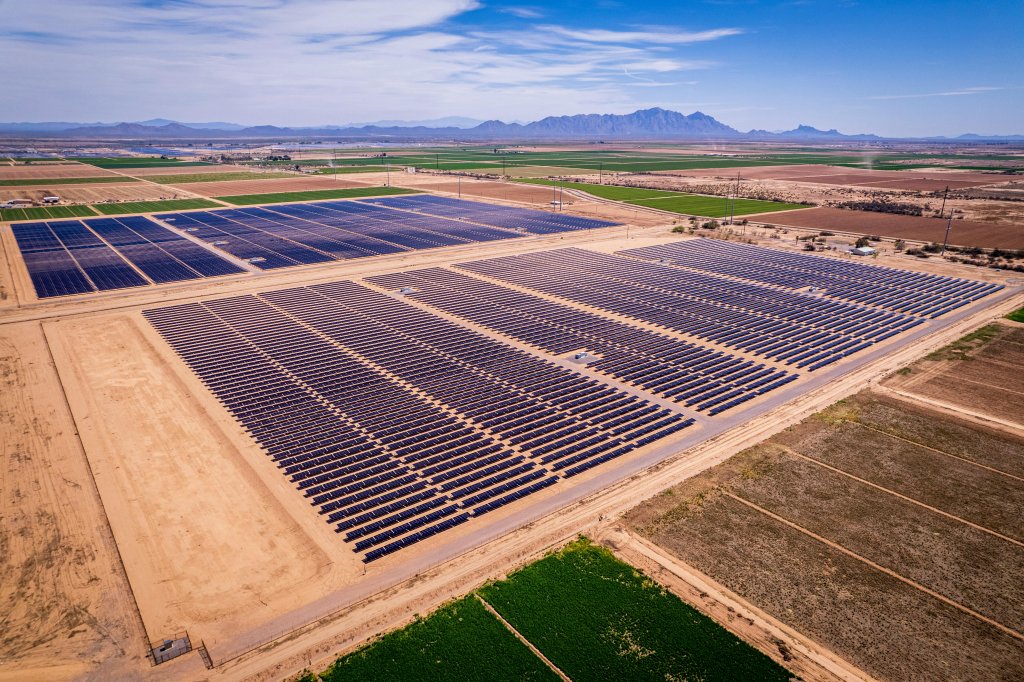With the rapid advancement of green energy, solar power has become one of the most promising renewable energy sources worldwide. Whether it’s a rooftop photovoltaic (PV) system for a household or a large-scale solar farm, evaluating the performance of solar systems is crucial for ensuring investment returns and stable operation.
However, generating solar power is not as simple as “sunshine equals electricity.” A variety of environmental factors significantly influence energy output.

☁️ 1. Solar Irradiance and Sunlight Duration
Key Impact: Directly determines the total energy absorbed by the solar panels.
Solar irradiance refers to the power per unit area received from the sun in the form of electromagnetic radiation (typically measured in W/m²). Sunlight duration indicates the total number of effective sunshine hours a solar system receives per day.
🏔️ 2. Geographic Location and Altitude
Key Impact: Affects sunlight angle, radiation intensity, and air quality.
Regions closer to the equator enjoy more direct sunlight and higher irradiance levels, leading to better efficiency. In contrast, higher-latitude regions receive sunlight at a lower angle, particularly in winter, reducing performance.
At higher altitudes, the atmosphere is thinner and sunlight stronger, but the systems may face extreme weather such as large temperature fluctuations and snowstorms.
🌡️ 3. Temperature
Key Impact: Higher temperatures reduce the efficiency of PV modules.
While stronger sunlight generally suggests more power generation, overly high panel temperatures can actually degrade performance. For silicon-based solar cells, each 1°C increase in temperature typically results in a 0.4%–0.5% decrease in output efficiency.
🌪️ 4. Wind Speed and Air Quality
Moderate wind speeds can help cool the panels, thereby improving efficiency. However, strong winds may pose mechanical stress or even damage the system.
Airborne dust and pollutants can accumulate on the panel surface, reducing light transmission—especially in industrial zones or regions prone to dust storms.


🌳 5. Shading and Installation Angle
Shading from trees, buildings, or other structures can create “hot spots” that not only lower energy production in specific areas but can also damage the entire module over time.
Additionally, the tilt angle and orientation of solar panels significantly affect their exposure to sunlight and, consequently, their performance.
📈 Conclusion: Evaluation and Optimization Are Key to Performance
A high-performing solar energy system depends on a comprehensive assessment of environmental conditions. From geographic and climatic factors to regular cleaning and maintenance, every detail can impact the system’s efficiency.
Therefore, whether you are an investor, developer, or individual homeowner, it’s essential to base decisions on field research and data modeling. With smart design and consistent maintenance, even systems in less-than-ideal conditions can achieve optimal performance.
The future of energy is renewable, and the future of decision-making should be scientific.
